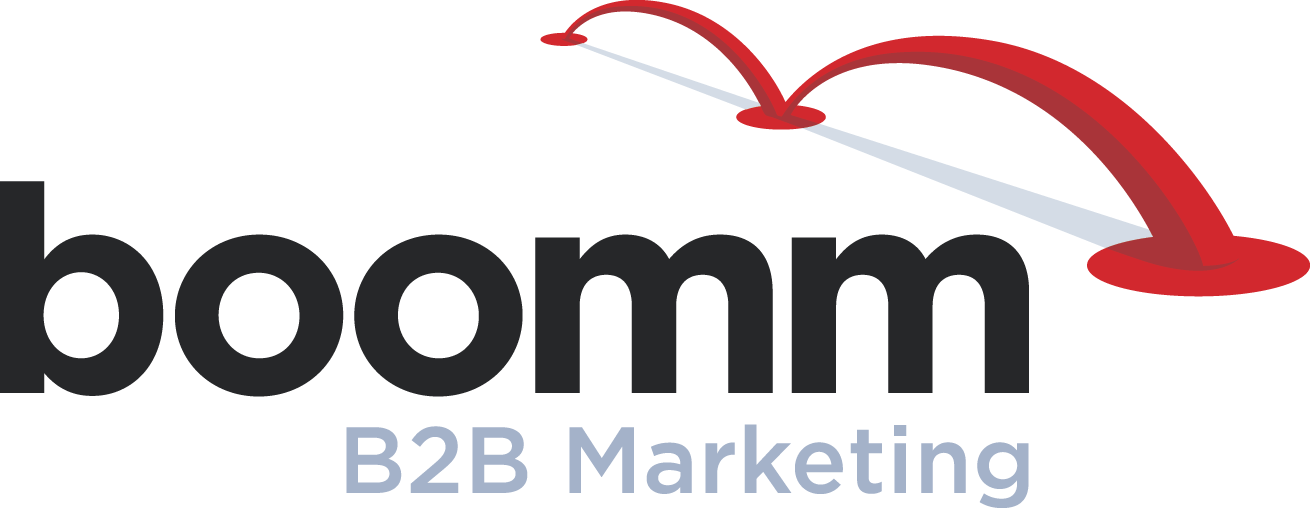Tracking Made Easy: The Newbies’ Guide to UTM Codes

by Kathryn Brill, Social Media and Content Marketing Specialist
It’s a problem every marketer has faced at least once: how do we figure out where our traffic is coming from? Without this vital information, it’s difficult to tell which marketing programs are working, what audience you’re reaching, or where more lead generation efforts might be needed. Whether you’re serving links in ads you buy, in emails you send, or in social media posts, you may be getting traffic without knowing what’s driving it.
However, pinpointing traffic sources can feel daunting. Especially for smaller marketing teams without the resources for data experts on staff, the world of digital media tracking and attribution seems impossible to break into. Don’t you need a big budget, a sophisticated software platform, and a degree in data management? How is an ordinary team supposed to crack this code?
While there are many wonderful resources and experts that can help you dive deep into your data, if you’re just looking to know who’s clicking one of your links, there’s a simple solution. It’s free, easy, and involves a tracking platform you probably already have. Any marketer can use it. What is this wonderful solution, you ask? UTM codes. 
Don’t be scared off by the word “code.” With a simple, free tool and some know-how, even the least coding-savvy member of your team can add UTM codes to your URLs. Here’s what you need to know to start making coded links of your own.
UTM Codes: An Introduction
In essence, UTM codes create a customized ending to a URL. This customized ending doesn’t affect the content on the page—it’s simply a tag to identify the URL and help it stand out. And it’s unique—it ensures that when you add a link to content, that content is the only thing in the world with that link. If someone clicks that link, you know they could only have clicked it by visiting that content.
Visits to your website from UTM codes will show up in Google Analytics as well. The Acquisition section of the Google Analytics interface shows you the sources of your web traffic, from search to direct to referral. With UTM codes, you add a custom source to your URL, so Google Analytics results will show you exactly how many people visited your website from, for instance, one blog link on Facebook.
That sounds great, you’re probably saying. But how do I create these codes? Luckily for us, Google Analytics has released a free tool called Campaign URL Builder. On this handy site, all you need to do is fill in the various sections and the URL is generated for you. Here’s what they all mean:
Website URL
This section is for the URL of the content you’re trying to link—whether that’s a landing page, a page on your website, or a blog post. The UTM code will be appended to this URL.
Campaign Source
This is the only required field. In this section, type something that will help you identify where the traffic is coming from. For instance, if it’s an ad in a digital publication, you could type the name of the publication. If you’re linking to the post in your monthly e-newsletter, the source would be “enewsletter.” It’s up to you what will help you most easily identify the source of your traffic and answer the question “Where did this visit come from?” But whatever you choose, make it short, snappy, and easily identifiable—and don’t use special characters or put spaces between words, as this can mess up the coding. (To separate words, use an underscore instead.)
Campaign Medium
This field is not required, but can help you identify the traffic referrer if you need more clarity on this. For instance, if you’re running a paid ad campaign with Google, the source of the traffic is Google…but to avoid getting it confused with organic search, you can add “cpc” as the campaign medium to make it clear the traffic comes from paid ads. Or you might be running two types of ads with the same publication, and need to designate one link as coming from a banner ad, while the other one comes from a call-to-action.
Campaign Name
Fill in this section if you want to indicate the name of an ad campaign or note where you’re driving traffic. Are you having a sale? Maybe your campaign name should be “september_sale”. If you’re trying to promote a white paper, you could insert “white_paper_promotion” as your campaign name. Putting something in this section can help you track all the traffic related to a specific promotion or campaign, which can make reporting and tracking ROI easier.
Campaign Term
This section is specific to users creating UTM codes for paid search campaigns. If that’s you, this is the section where you indicate the search term this paid ad is targeting. Otherwise, it’s not necessary.
Campaign Content
This section helps you identify which specific ad creative is driving the traffic. This is especially helpful if you’re doing A/B testing, have multiple ads linking to the same page, or have a lot of ads running. Type something here that will help you remember whether it’s the ad with the question in the headline, the ad with the blue background, or the ad with the picture of a man laughing that’s causing everyone to click through to your site.
An Important Word of Caution
UTM codes are a simple and powerful tool for tracking—but their effectiveness is limited if you don’t have access to Google Analytics. In particular, if you use a content management system to host your landing pages, using UTM codes on those landing pages will be less effective because information on these pages is not stored in Google Analytics. Most content management systems have their own way of tracking and identifying traffic—talk to your rep to get started with figuring out how to track landing pages in your CRM.
Now that you’ve got the basics on how to create UTM codes, go forth and start tracking! With the power of data on your side, your marketing will never be the same.


